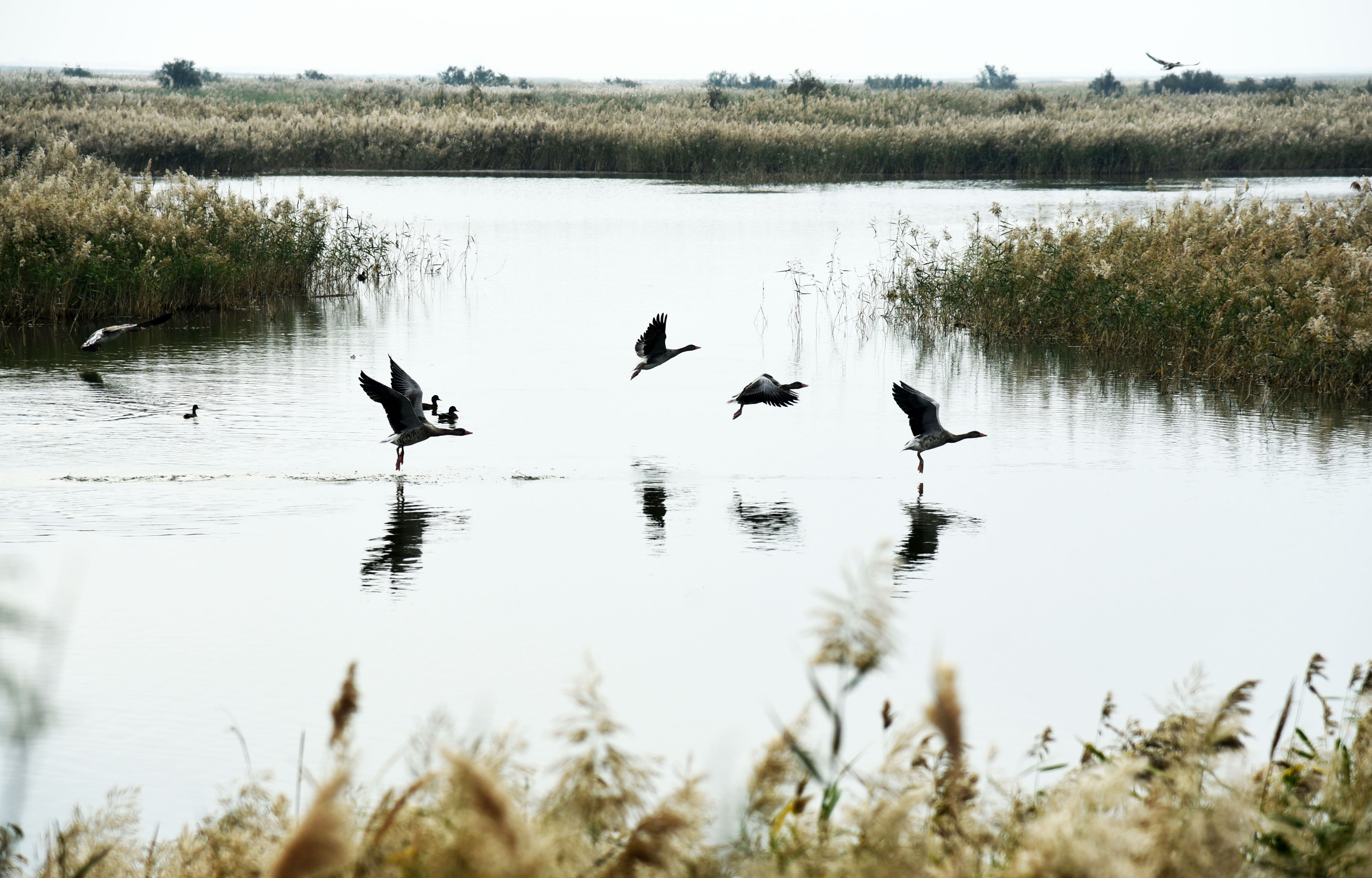Yellow River cleanup brings bright future
Improvements to China's second-longest waterway have helped to raise incomes and improve people's lives. Zhao Ruixue reports from Jinan, with Shi Baoyin in Zhengzhou and Sun Ruisheng in Taiyuan.


Fewer natural disasters
On Aug 31, the central government stressed the need to reduce floods and droughts along the Yellow River over the long term, and improve the country's ability to deal with natural disasters by strengthening research.
Henan province, home to one of the biggest populations within the Yellow River Basin, has made the instructions a top priority.
Zhang Fei, 38, has spent the past 15 years building and guarding embankments along the Yellow River at the province's Kaifeng city, where the river is higher than the city's ground level because its bed has been raised by silt carried by the water. When flooding occurs the city faces the risk of being submerged.
Zhang Fei learned a lot from his grandfather about the river floods in the 20th century.
In 1953, the river flooded and covered about two-thirds of an embankment at Kaifeng, putting hundreds of residents at risk. For nine days and nights, Zhang Fei's grandfather led a team to repair the structure.
The reservoir at the Xiaolangdi Hydroelectric Power Project, at Luoyang in Henan, controls the flow of the river, so there have been no floods since it began operations in 1997, Zhang Fei said.
"We are now greening the area along the river to improve the comprehensive ecosystem. Thanks to ecological belts, sandstorms have also been substantially reduced," he said.
At Kaifeng, an 87.7-km-long, 190-meter-wide ecological belt, featuring a large number of specially planted trees, has been built along the embankment. It provides protection from sandstorms, which has improved the local air quality, according to the Kaifeng forestry bureau.
High-quality development
The adoption of effective measures with distinctive local features and advantages has seen environmental improvements in many regions along the Yellow River.
In Dongying, Shandong, where the river flows into Bohai Bay, the tourism sector is generating wealth.
For years, the local government has been reducing the number of pollutants flowing into the delta and conserving water to restore surface runoff-water that cannot be contained in the main body and flows over adjacent land-and supplement groundwater.
Now, the delta wetland is a prime habitat for plants and birds.
The number of avian species living on the wetland-including the oriental white stork, a rare migratory species-h(huán)as risen from 283 to 368, while the total bird population has reached 3 million to 4 million, attracting large numbers of tourists.
Until recently, visitors from home and abroad made some 20 million trips to the delta every year, generating tourism revenue of 20 billion yuan in Dongying last year, according to statistics from the city government.
Li, from the CPPCC, said that while progress has been made on environmental protection and brought high-quality development to some regions, some challenges remain.
They include providing compensation for those who forgo economic activity to protect the environment and improving the working mechanism to coordinate activity along the upper, middle and lower reaches (of the Yellow River), because the ecosystem is an organic whole, she added.
























